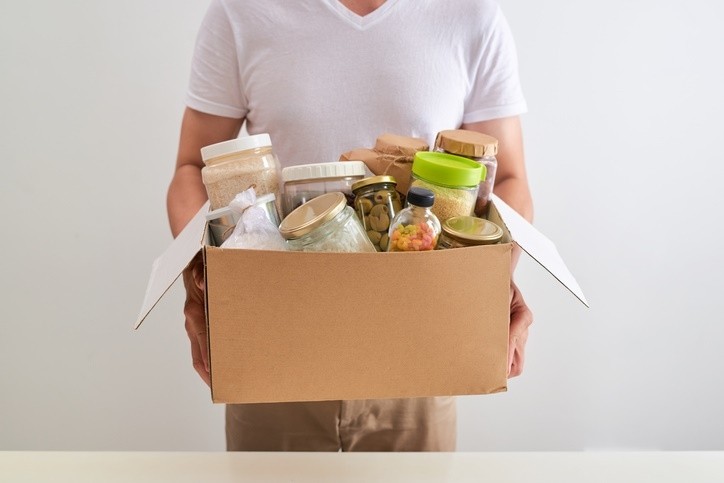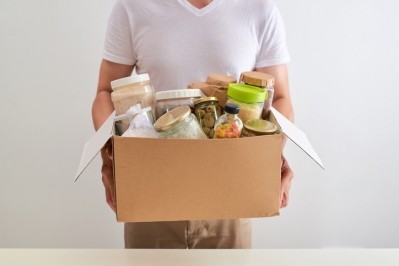SNAP: White House about-face ensures some low-income Americans will continue to receive food aid

Late Feb. 8, USDA announced that it would provide through the end of February full benefits through its Supplemental Nutrition Assistance Program (SNAP), which provides almost 39 million people resources to purchase groceries.
“At President Trump’s direction, we have been working with the Administration on this solution … and we want to assure states, and SNAP recipients, that the benefits for February will be provided,” US Department of Agriculture Sec. Sonny Perdue said in a statement.
“Our motto here at USDA has been to ‘Do Right and Feed Everyone.’ With this solution, we’ve got the ‘Feed Everyone’ part handled,” he added.
A surprise decision
The decision to extend SNAP benefits through the end of the next month came as a surprise to many considering only a few days ago White House officials warned the program funds would run out in February if Congress didn’t pass an appropriations bill that included funding demanded by President Trump for a wall along the southern border with Mexico.
At the time, this meant that USDA would need to dip into a $3 billion contingency fund it maintains for SNAP, but which would have been insufficient to cover the estimated full $4.8 billion needed to cover one month of SNAP benefits. The decision to provide funds through February will preserve this emergency fund a little longer.
The apparent change of heart is possible thanks to an obscure provision in the just-expired continuing resolution. The provision gives USDA 30 days from the expiration of the spending bill, or through Jan. 20, to “incur obligations for program operations,” according to department.
As such, states must request early issuance of SNAP benefits for February and immediately disburse them to beneficiaries, according to USDA, which estimates SNAP benefits for the month will be worth about $5.1 billion, including both federal and state expenses.
Perdue emphasized in the announcement that the move is “legally sound,” but in a press briefing he cautioned it does not provide for additional funds in March.
Nonetheless, he told reporters, that the additional coverage through the end of February should give Congress “ample time” to act on a spending bill.
Some, not all, nutrition programs will receive extra funding
USDA also assured beneficiaries of some other major nutrition assistance programs that they too will have sufficient funds through March. However, others continue to face a looming deadline at the end of February.
Funding through March will go to the child nutrition programs, which covers school meals and after-school feeding programs, as well as adult care food programs, according the department.
In addition, the agency will allocate at least $248 million to state agencies this week to cover part of the costs associated with the Women, Infant and Child program. An additional $350 million in unspent funds from prior years also will be allocated at a later date, USDA noted.
Not all nutrition programs received funding relief. The Commodity Supplemental Food Program, the Emergency Food Assistance Program and the Food Distribution Program on Indian Reservations all have funds to ensure food deliveries through February, as planned, but no additional funds can be made available until the funding lapse ends, according to USDA.
The number of Americans in need could swell
While the funds provide relief to established beneficiaries of SNAP, WIC and the school lunch program, many other families living paycheck to paycheck who are impacted by the shutdown will need to overcome additional hurdles to receive aid.
In the Washington, DC, region – one of the hardest hit by the partial government shutdown – many schools are scrambling to provide free and reduced meals to children of furloughed federal workers, government contractors and others directly impacted by the shutdown.
Many area school administrators assured parents that they would not deny students a meal at school, and are working with families who have had a change in income to complete a free and reduced meal application.










